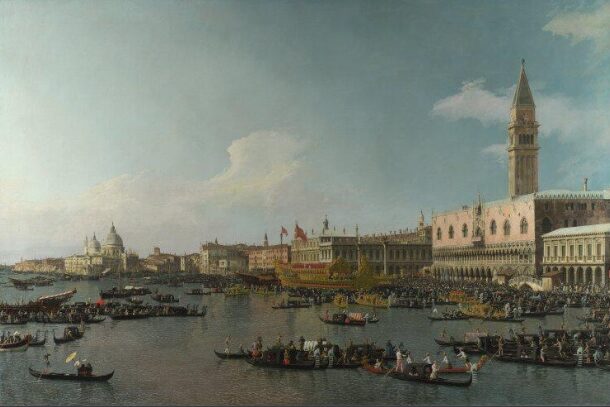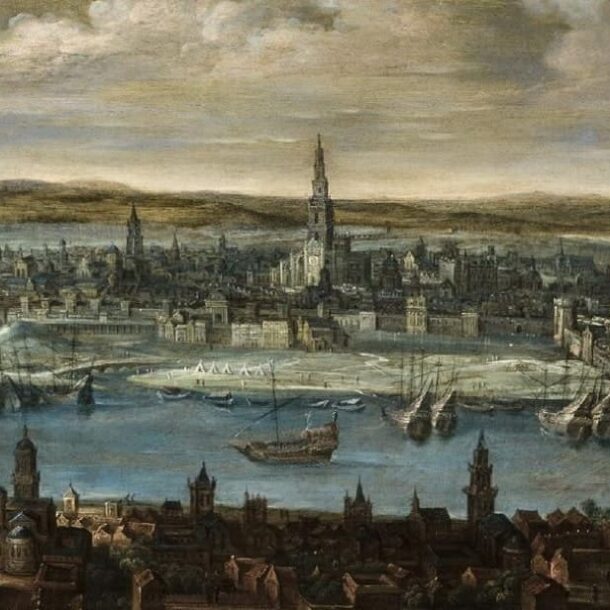
The ball gowns of the 19th century were characterised by wide round necklines at the front and scooped necklines at the back. However, the use of necklines and the type of sleeve was restricted to evening dresses. This type of restriction was established according to the functionality of the dress for the social occasion, a situation favoured by the protocol manuals of the time. However, the event that made it possible to demonstrate the social status of bourgeois women was the ball, since the social life of the upper classes was perceived through private receptions, balls and dinners (to cite a few examples). For such events, elaborate gauze dresses were recommended, while the choice of light colours (symbolising purity and innocence) was complemented by little jewellery so as not to be identified as frivolous young women; on the contrary, the greatest ostentation was exclusively for those who were betrothed.
Collection: Images
Project: 11. Science and culture as representation in Europe., 4. Family, daily life and social inequality in Europe.
Chronology: XIX
Scope: Secondary Education, Baccalaureate, University
Link: https://museosenfemenino.es/museo_traje/cuerpos-modelables/traje-de-baile
Resource type: Image
Source: Museo del Traje (Madrid)
Language: Spanish
Date: 1870
Owner: Álvaro Romero González (Modernalia)
Identifier: NS/NC
Copyright: Museo del Traje (Madrid)
Abstract: 19th century dance costume
Image
Tags






